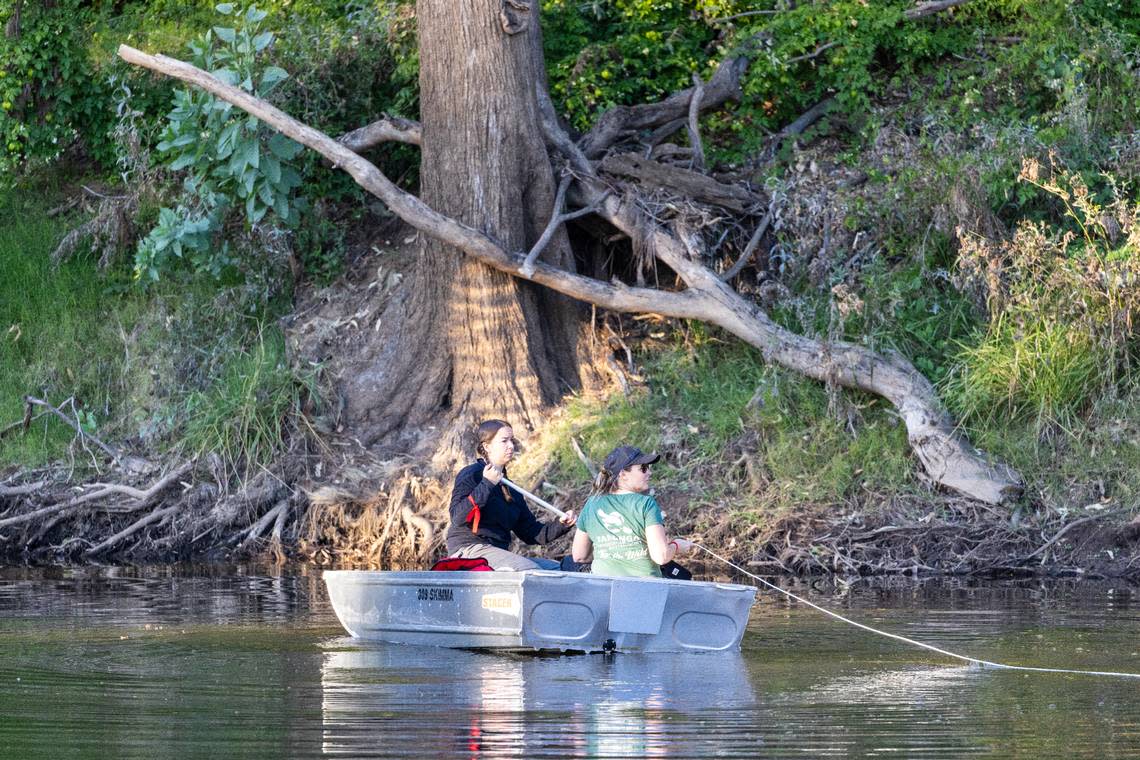‘Unique’ mammal’s population took a nosedive. Now CA zoo hopes to help breed ‘puggles’

The world’s first platypus conservation center is now open. The initiative will serve as a beacon of hope for the semi-aquatic species whose population has been declining for decades.
The Platypus Research Program at Taronga Western Plains Zoo in Dubbo, Australia has numerous big players, including the San Diego Zoo Wildlife Alliance, Taronga Conservation Society and the University of New South Wales.
“The program aims to crack the code on platypus breeding,” the San Diego Zoo Wildlife Alliance said in a July 26 news release. “In consultation with First Nations communities, a team of scientists seeking to learn more about these unique egg-laying mammals has launched the first-of-its-kind research program to improve conservation of the species — before it’s too late.”
The platypus, a duck-billed, beaver-tailed mammal that adores the water, is so beloved in its home country of Australia, the nation has featured the species on its 20-cent coin.
The species’ population, however, has been in trouble for years. Due to climate change and habitat destruction, platypus numbers have dropped significantly, according to the World Wildlife Foundation. The San Diego Zoo Wildlife Alliance says that only 23 puggles — platypus babies — have been born at zoos since 1943.
“Many of the physiological, behavioral, and environmental factors that lead to reproductive success or failure remain unknown,” the alliance said.
In addition to learning about the platypus’ reproductive habits, researchers with the conservation program hope to learn how the animal responds to environmental stressors such as climate change. They hope to hone in on interventions they can use to safeguard the species in the future.
“The Platypus is such a loved and iconic Australian animal, but there is still so much we need to learn about them if we want to help them thrive into the future,” Phoebe Meagher, program co-leader and wildlife conservation officer, said in the release.
The conservation center now has its first residents. Four, to be exact. The San Diego Zoo Wildlife Alliance released video footage showing a platypus popping out from some rocks to explore its surroundings. Another moment shows a platypus enjoying the water in its new home.
Experts with the project say saving the platypus has larger implications for the planet’s biodiversity, as the mammal plays an important role in maintaining the well-being of watersheds amid a changing environment.
Platypuses are “influential ambassadors for wildlife, which faces urgent threats from climate change,” Hendrik Nollens, vice president of wildlife health with the San Diego Zoo Wildlife Alliance, said in the release.
‘Jackpot’ sighting of sea predator known for speaking in clicks thrills boaters off CA
Extremely rare species — with only 20 alive in the wild — seen off Mexico, video shows
Baby chimp’s health declines while nursing, so Maryland zoo must ‘carefully intervene’

